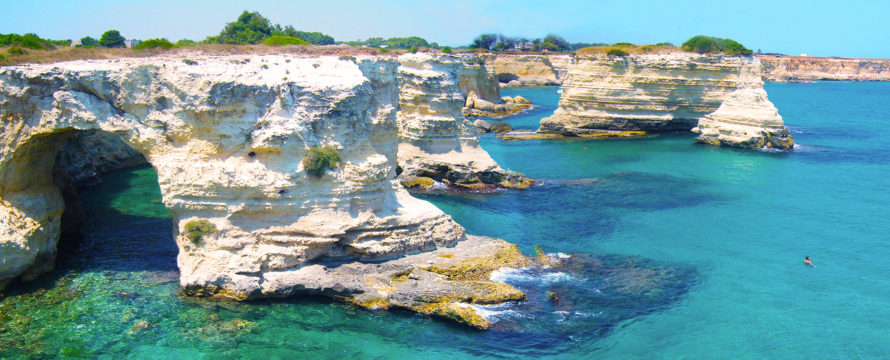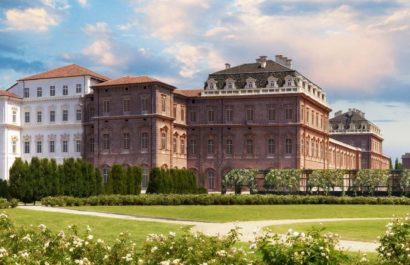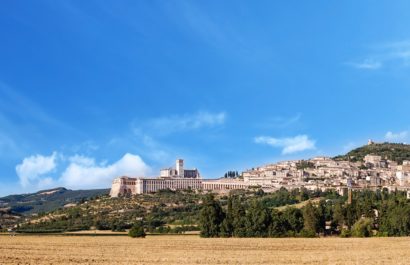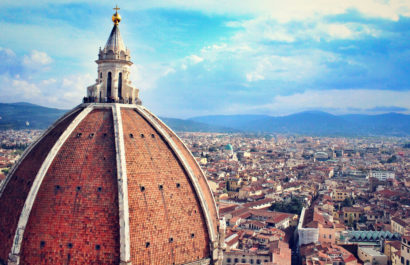DMC per Tour Operator e Agenzie viaggi

Hungary

Sicily

Puglia
IDEAS AND CURIOSITIES
THE MURATTIAN DISTRICT OF BARI:
It consists of the current new part of the city centre, located between Vittorio Emanuele II boulevard and Della Libertà square, where we find several important buildings, as the town hall and Nicolò Piccinni’s Theatre. The main district road is Corso Cavour, where the Petruzzelli theater is located, while Merchants square is the trade core of it. In their proximity there are the renaissance’s Del Sedile Palace (once apt for civic assemblies) and the Justice Column (around which they used to tie any person not capable of extinguishing debts).
A SUBTERRANEAN TOUR AROUND GRAVINA:
While walking around Gravina you are actually stepping on the roof of the subterranean city, the hidden face of Gravina, a magnificent engineering masterpiece composed by medieval defensive towers, solid aqueducts, stairs and caverns, a true labyrinth under the city. Once houses made out of tuffs, they now became, cellars, tanks, cereal and corn warehouses. For years this inestimable patrimony was secretly hidden from us. Fortunately it has now come to light thanks to a passionate group of speleologists part of the Subterranean Organization of Gravina and the access to the visitors is now possible. Following in the sheet, few of the recommended courses the Organization suggested for visitors.
THE SIAMESE TRULLO OF ALBEROBELLO:
The peculiarity of this trullo is connected to the creative story of two brothers sharing the dwelling. They both fell in love, without even knowing, with the same girl, who was becoming engaged to the oldest but then became the lover of the youngest of them. The oldest brother banished them from the house, but the youngest demanded his part of the trullo, that was then divided among the two.
THE POETRY CAVERN IN ROCA VECCHIA AND THE FIORD OF THE LEUCA CIOLO:
For all the trekking, free climbing, hiking-passionate the Salento offers lots of possibilities. The area is full of caverns, potholes and sinkholes that have formed as a result of Carsic Phenomena, due to the calcareous nature of the soil. The Poetry’s cavern, located in Roca Vecchia is about 20 kms far from Otranto city. It is a sea cave, once also used as a shelter. Its name derives from the medieval Greek term ‘posia’, meaning ‘sweet water source’. It refers to the water that used to be in its inner part, according to the shape they left. To admire the cavern you have to traverse Otranto and Roca, going through the touristic San Foca and Torre Dell’Orso.
The Ciolo is a transparent water fiord where you can clearly see what’s underneath the water. A narrow path allows to walk along the southern coast. Above sea level we find the Ciolo cavern long about 100 ms, with a source of water on the innerside, where just 30 years ago used to live the monarch seals. This coastal segment is included between the natural park of Otranto coast Santa maria di Leuca area. Trifase’s forest.



